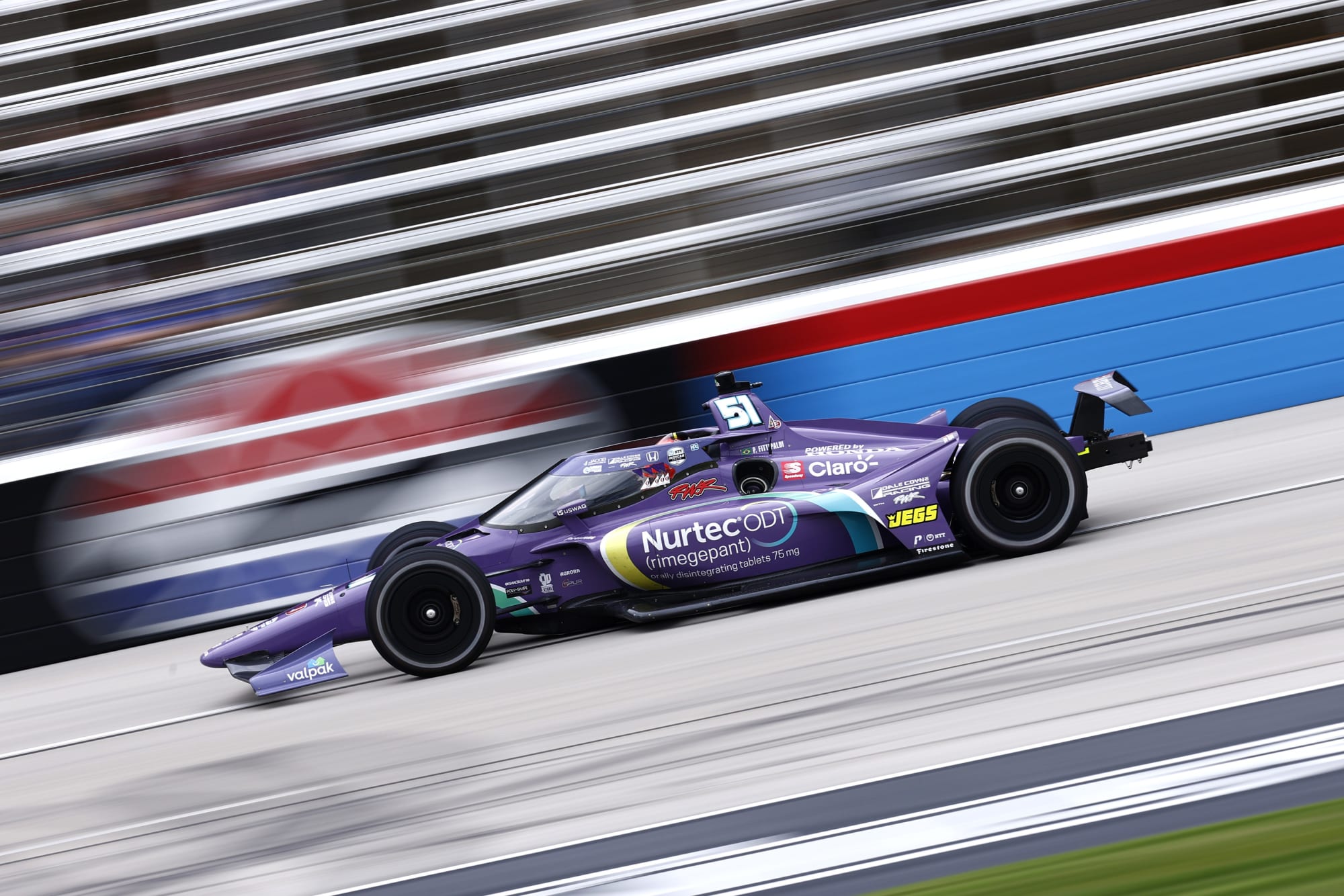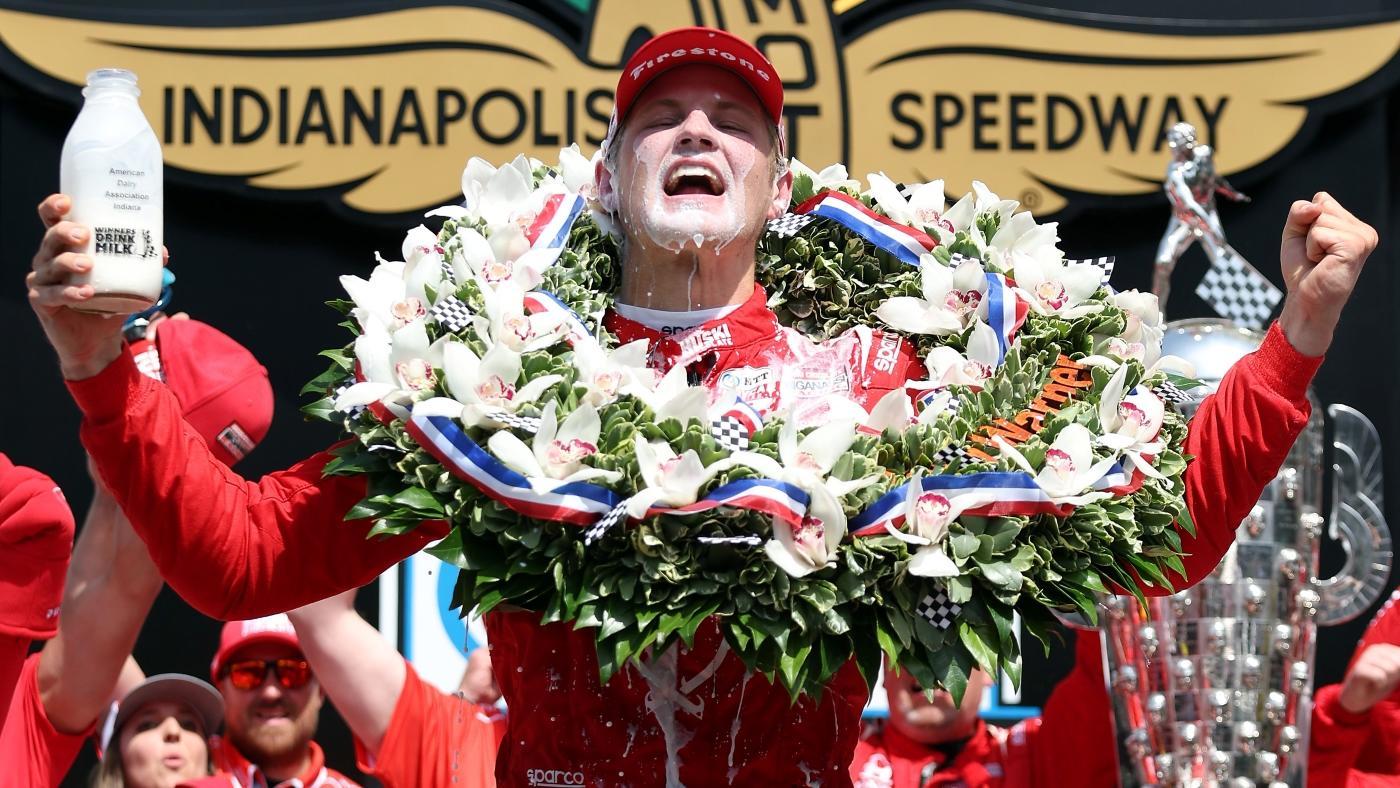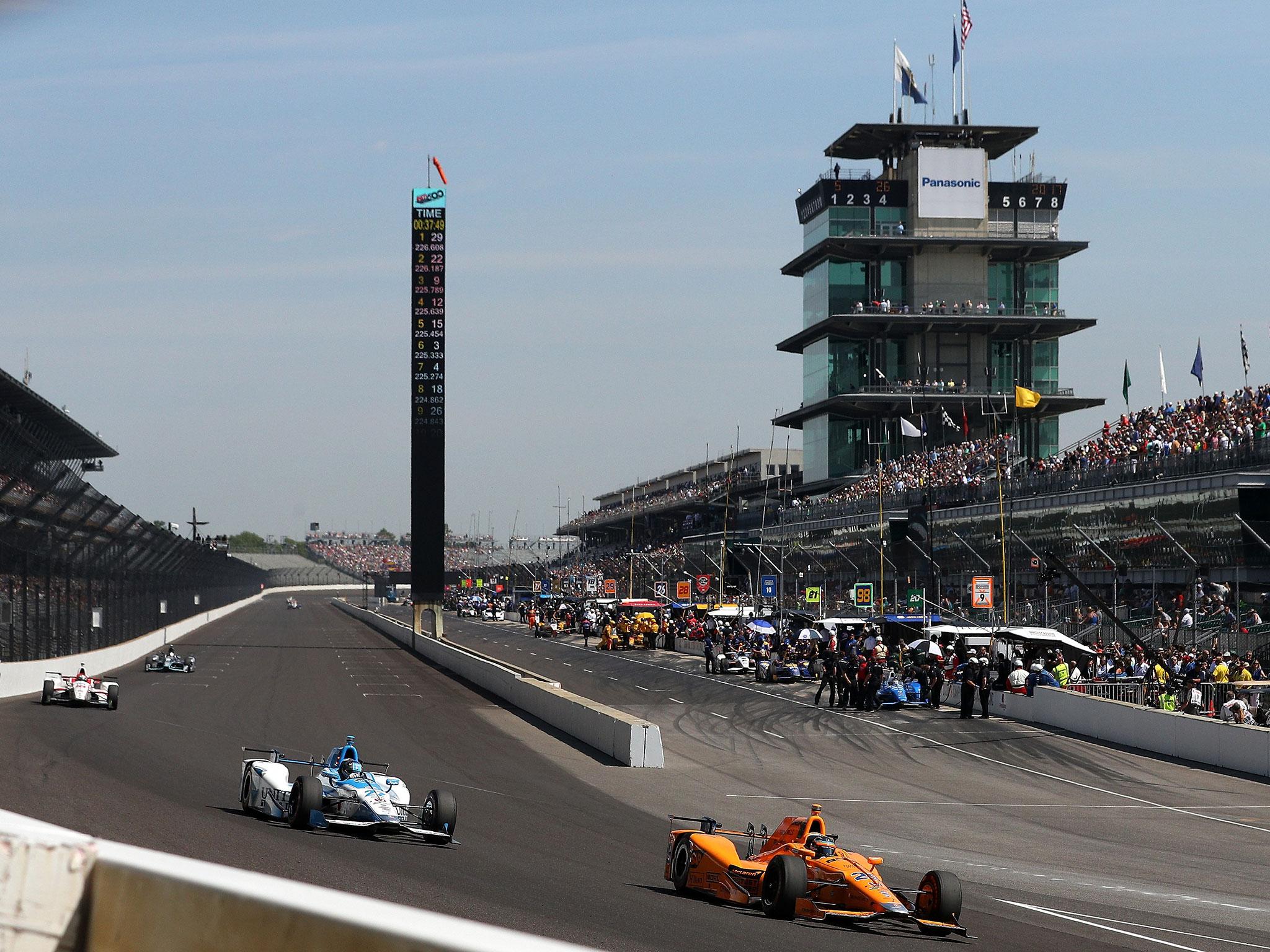Race Day Delays and Disruptions

Indianapolis 500 delay – The Indianapolis 500, also known as the “Greatest Spectacle in Racing,” is a prestigious and highly anticipated event that attracts a global audience. However, the race is not immune to delays and disruptions that can affect the drivers, teams, and spectators.
Various factors can contribute to delays on race day, including weather conditions, accidents, and technical issues. These delays can have a significant impact on the race, as they can alter the strategy and performance of the drivers and teams.
Weather Delays
Weather is one of the most common causes of delays at the Indianapolis 500. The race is held in late May, when the weather in Indianapolis can be unpredictable. Rain, thunderstorms, and even hail can force race officials to delay or even postpone the event.
The highly anticipated Indianapolis 500 has been delayed due to persistent rain, leaving fans eagerly awaiting the rescheduled start time. While the exact timing is yet to be determined, it is expected to commence around indianapolis 500 start time.
Despite the setback, the excitement and anticipation for the race remain high, with drivers and teams preparing to showcase their skills and determination on the iconic track.
For example, in 1997, the race was delayed for over two hours due to heavy rain. In 2004, the race was postponed to Monday due to thunderstorms.
Accidents
Accidents are another major cause of delays at the Indianapolis 500. The race is known for its high speeds and close competition, which can lead to crashes. These accidents can cause significant damage to the cars and injuries to the drivers.
In 2011, a multi-car accident on the first lap of the race caused a delay of over two hours. In 2017, a crash involving four cars caused a delay of over 30 minutes.
Technical Issues
Technical issues can also cause delays at the Indianapolis 500. These issues can range from minor problems with the cars to major mechanical failures.
In 2015, a fuel pump issue caused a delay of over 20 minutes. In 2018, a turbocharger failure caused a delay of over 45 minutes.
The Indianapolis 500, the iconic race held annually at the Indianapolis Motor Speedway, has faced its fair share of delays throughout its history. One such instance occurred in 1973, when a torrential downpour forced the race to be postponed. However, despite the delay, the race ultimately delivered an unforgettable spectacle, with Bobby Unser emerging victorious.
The Indianapolis 500 finishing order that year showcased the exceptional talent and determination of the drivers who competed in the grueling 500-mile event.
Weather-Related Delays: Indianapolis 500 Delay

The Indianapolis 500 is an iconic race that takes place annually on Memorial Day weekend. However, the race is not immune to the unpredictable nature of weather. Throughout its history, the Indy 500 has been delayed or postponed due to various weather conditions, including rain, lightning, and even snow.
Types of Weather Conditions, Indianapolis 500 delay
There are several types of weather conditions that can lead to a delay or postponement of the Indianapolis 500:
- Rain: Heavy rain can make the track slippery and dangerous for drivers. In addition, rain can reduce visibility and make it difficult for drivers to see the track.
- Lightning: Lightning is a dangerous weather condition that can strike the track or surrounding areas. If lightning is present, the race will be delayed or postponed until the storm passes.
- Snow: Snow is a rare occurrence at the Indianapolis 500, but it has happened in the past. Snow can make the track slippery and dangerous for drivers, and it can also reduce visibility.
Protocols and Procedures
There are several protocols and procedures in place to ensure the safety of drivers and spectators during inclement weather:
- Weather monitoring: The race organizers monitor the weather forecast closely and make a decision about whether or not to delay or postpone the race based on the latest information.
- Safety precautions: The race organizers take several safety precautions to protect drivers and spectators from inclement weather, including providing rain gear and lightning rods.
- Emergency plans: The race organizers have emergency plans in place to deal with any weather-related emergencies that may occur.
Historical Impact
Weather has had a significant impact on the Indianapolis 500 throughout its history:
- 1911: The inaugural Indianapolis 500 was delayed by rain for two days.
- 1947: The race was postponed for one day due to rain.
- 1973: The race was delayed for four hours due to rain.
- 1986: The race was postponed for one day due to rain.
- 1997: The race was delayed for three hours due to rain.
Weather-related delays and postponements are a part of the Indianapolis 500’s history. The race organizers take every precaution to ensure the safety of drivers and spectators, but sometimes the weather simply does not cooperate.
Accident-Related Delays

Accidents are an unfortunate but unavoidable aspect of motorsports, and the Indianapolis 500 is no exception. While safety measures have improved significantly over the years, the high speeds and close racing at Indy can lead to incidents that cause delays and disruptions.
The most common types of accidents at the Indianapolis 500 involve cars colliding with each other or with the track walls. These collisions can range from minor fender-benders to major crashes that require the race to be stopped and the track to be repaired. In some cases, accidents can result in driver injuries, which can lead to further delays and even the cancellation of the race.
Safety Measures
The Indianapolis Motor Speedway has implemented a number of safety measures to minimize the risk of accidents and protect drivers. These measures include:
- The use of SAFER barriers, which are designed to absorb impact and reduce the risk of serious injuries in crashes.
- The use of HANS (Head and Neck Support) devices, which help to protect drivers’ heads and necks in the event of a crash.
- The use of fire-resistant suits and helmets, which help to protect drivers from burns in the event of a fire.
- The presence of a large number of safety workers, who are trained to respond quickly to accidents and provide medical assistance.
Consequences of Accidents
Accidents can have a significant impact on the Indianapolis 500. In the event of a major accident, the race may be stopped and the track may need to be repaired, which can lead to delays of several hours or even days. In some cases, accidents can result in driver injuries, which can lead to further delays and even the cancellation of the race. Additionally, accidents can damage cars and equipment, which can be costly for teams to repair.